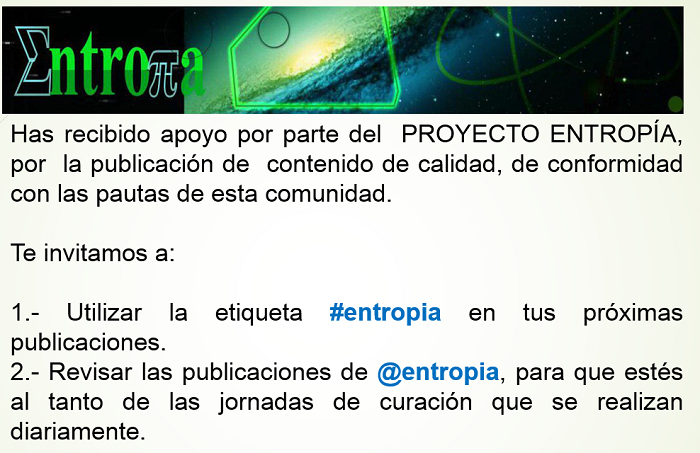𝐇𝐞𝐲, 𝐇𝐢𝐯𝐞
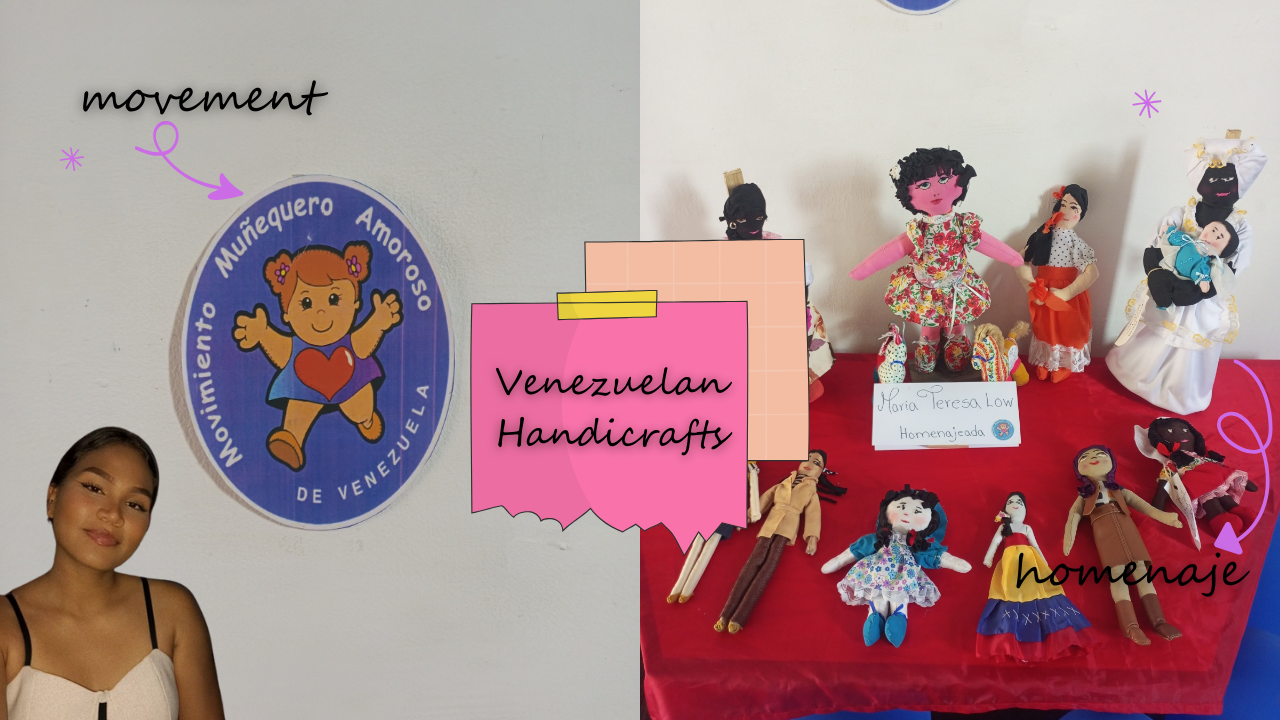
When we think of Venezuelan culture, lush landscapes, strong cuisine or friendly slang often come to mind. However, there is a lesser known, but equally fascinating aspect that deserves more attention: the artisan tradition that manifests itself in the creation of dolls. Recently, I had the opportunity to visit an exhibition of dolls from the Movimiento Muñequero Amoroso at a cultural house in La Victoria, Aragua, and the experience was a mixture of admiration and learning.
It was not a planned visit, in fact I had gone to the small town to channel some household purchases, and I was surprised to see this colonial house open, since in the hours that present attention to the public I do not usually pass by. I peeked in one of its huge windows and watched with interest the exhibition displayed in a small room, then I asked the caretaker if I could pass, and he gave me total freedom. From the moment I entered I felt at peace. The building, with its colonial architecture, leaves you with a sense of calm and the silence allows you to be at ease all around. Upon entering the selected room, I was greeted by a warm and welcoming atmosphere.
AQUÍ EN ESPAÑOLCuando pensamos en la cultura venezolana, a menudo nos vienen a la mente paisajes exuberantes, una gastronomía fuerte o una jerga amable. Sin embargo, hay un aspecto menos conocido, pero igualmente fascinante que merece más atención: la tradición artesanal que se manifiesta en la creación de muñecas. Recientemente, tuve la oportunidad de visitar una exposición de muñecas del Movimiento Muñequero Amoroso en una casa cultural de La Victoria, Aragua, y la experiencia fue una mezcla de admiración y aprendizaje.
No fue una visita planificada, en realidad había ido a la pequeña ciudad para canalizar unas compras del hogar, y me sorprendió ver esta casa colonial abierta, ya que en los horarios que presentan atención al público no suelo pasar. Me asomé en uno de sus enormes ventanales y observé con interés la exposición exhibida en un pequeño salón, entonces le pregunté al encargado de vigilar si podía pasar, y me dio total libertad. Desde el momento en que entré sentí paz. La edificación, con su arquitectura colonial, te deja una sensación de calma y el silencio te permite estar tranquilo alrededor. Al entrar al salón seleccionado, me recibió un ambiente cálido y acogedor.
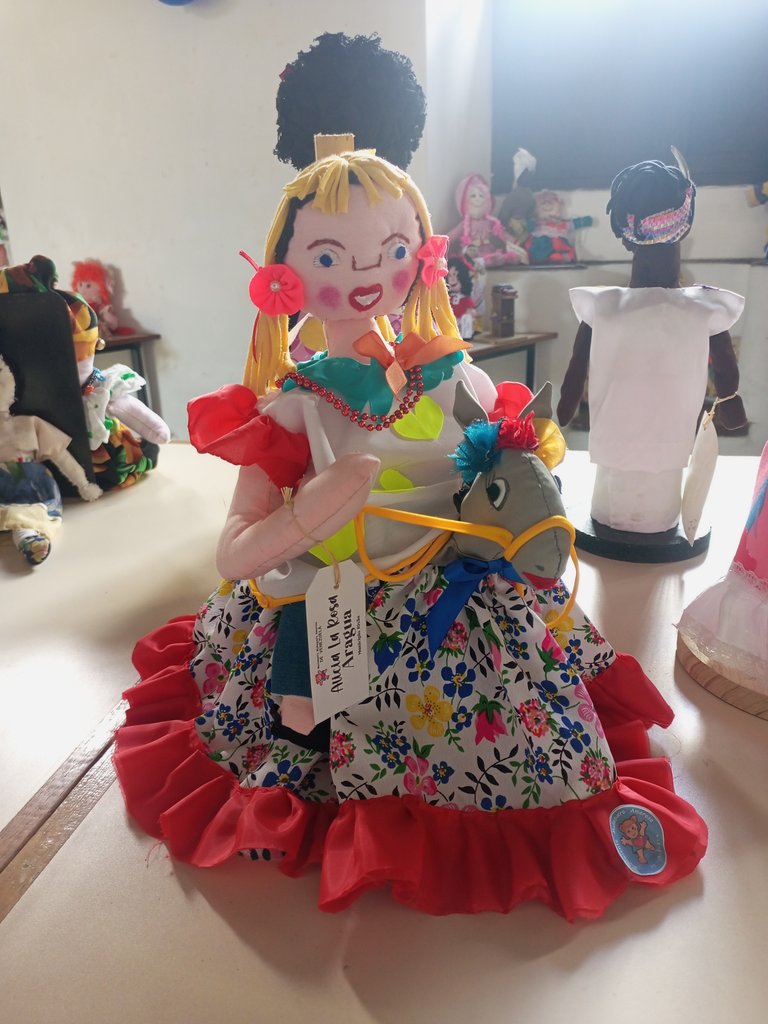 | 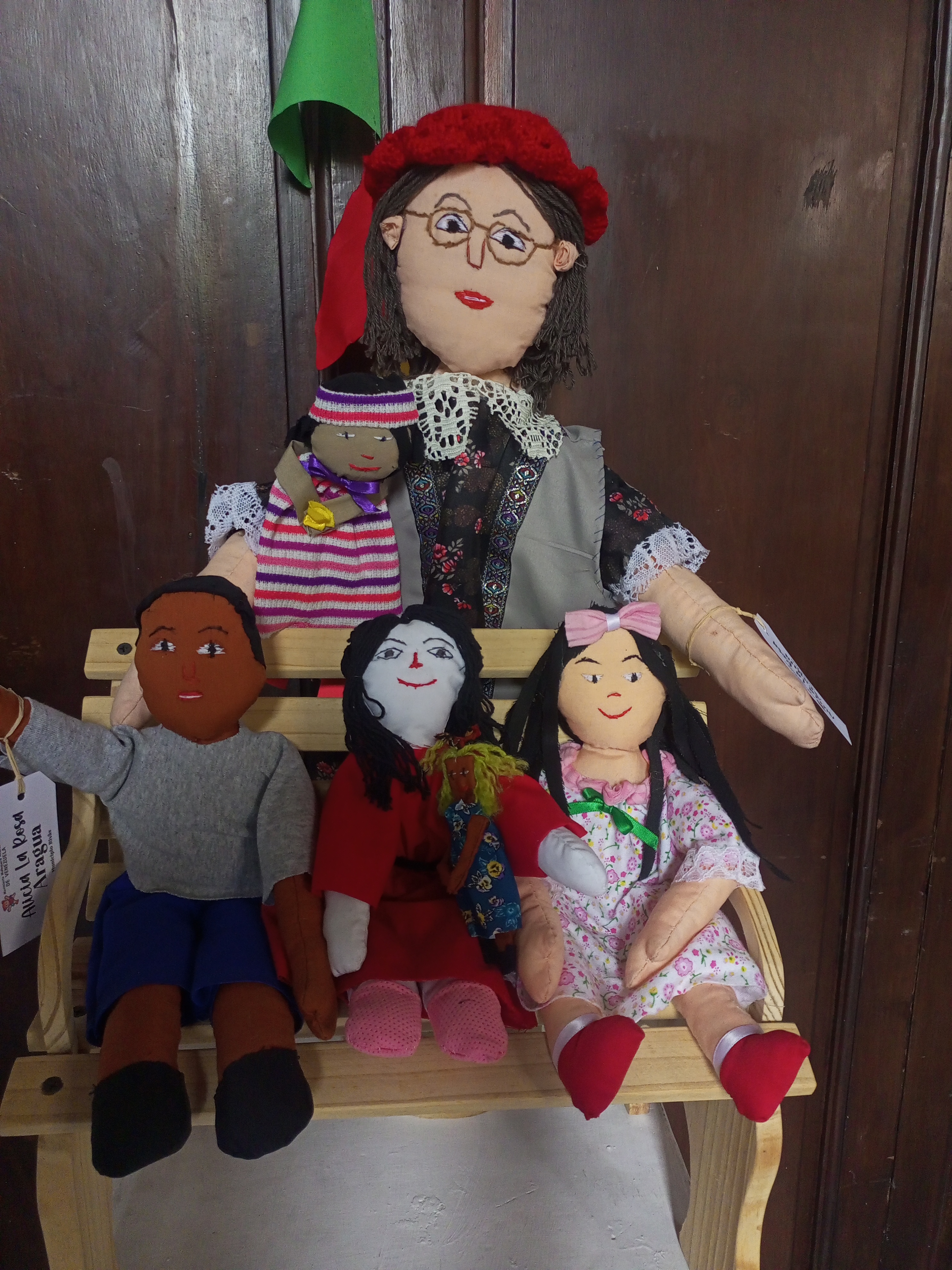 |
|---|
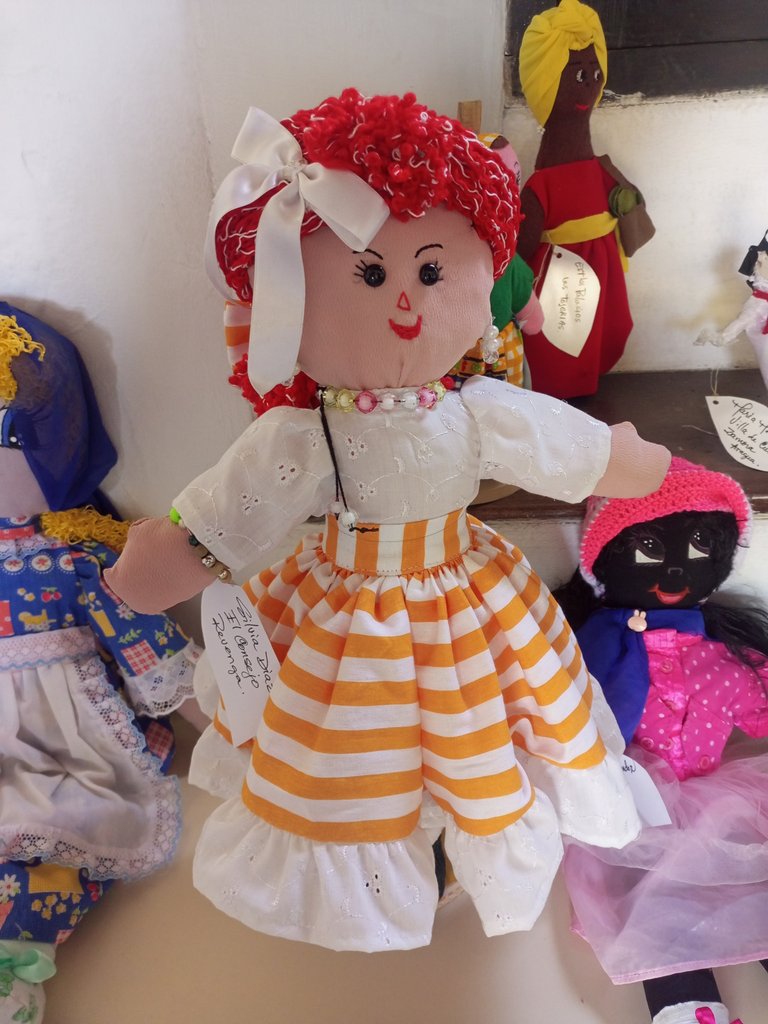
As I began the little tour with a magnifying glass eye, an air of nostalgia enveloped me. The rag dolls, with their hand-painted faces and colorful clothing, seemed to reflect a variety of emotions. Each one told a story, a piece of Venezuelan history that had been carefully preserved by the artisan hands that created them.
The first doll that captured my attention with total impression was the one that bore the name of a person that I appreciate very much and did not know what this kind of art she did with her hands: my godmother, Silvia Diaz. The doll had a dress made with vibrant fabrics, and her reddish hair with some gray hair made with yarn was combed back with a ribbon. I paused to observe the details: every stitch, every choice of color, seemed to reflect the love and dedication of its creator. Rag dolls are more than just toys; they are a form of cultural expression that conveys traditions, customs and the identity of a people. This one resulted in a great emotional impact on me.
As I walked through the room, I learned about the techniques used in the creation of these dolls. Many of them are made from recycled materials, which not only demonstrates the creativity of the artisans, but also a commitment to sustainability. In a world where consumerism often overshadows tradition, seeing how materials can be reused to create art was inspiring. All were identified with the name of the artisan, and the place where they belonged.
AQUÍ EN ESPAÑOLAl comenzar el pequeño recorrido con ojo de lupa, un aire de nostalgia me envolvió. Las muñecas de trapo, con sus rostros pintados a mano y vestimentas coloridas, parecían reflejar gran variedad de emociones. Cada una contaba una historia, un pedazo de la historia venezolana que había sido cuidadosamente preservado por las manos artesanas que las crearon.
La primera muñeca que capturó mi atención con total impresión fue la que llevaba el nombre de una persona que aprecio en demasía y no sabía qué hacía este tipo de arte con sus manos: mi madrina, Silvia Diaz. La muñeca tenía un vestido confeccionado con telas vibrantes, y su cabello rojizo con algunas canas hechas con estambre estaban peinadas hacia atrás con un lazo. Me detuve a observar los detalles: cada puntada, cada elección de color, parecía reflejar el amor y la dedicación de su creadora. Las muñecas de trapo son más que simples juguetes; son una forma de expresión cultural que transmite tradiciones, costumbres y la identidad de un pueblo. Esta dio cómo resultado un gran impacto emocional en mí.
A medida que recorría la sala, aprendí sobre las técnicas utilizadas en la creación de estas muñecas. Muchas de ellas son elaboradas a partir de materiales reciclados, lo que no solo demuestra la creatividad de los artesanos, sino también un compromiso con la sostenibilidad. En un mundo donde el consumismo a menudo eclipsa la tradición, ver cómo se pueden reutilizar materiales para crear arte fue inspirador. Todas estaban identificadas con el nombre del artesano, y el lugar de dónde pertenecían.
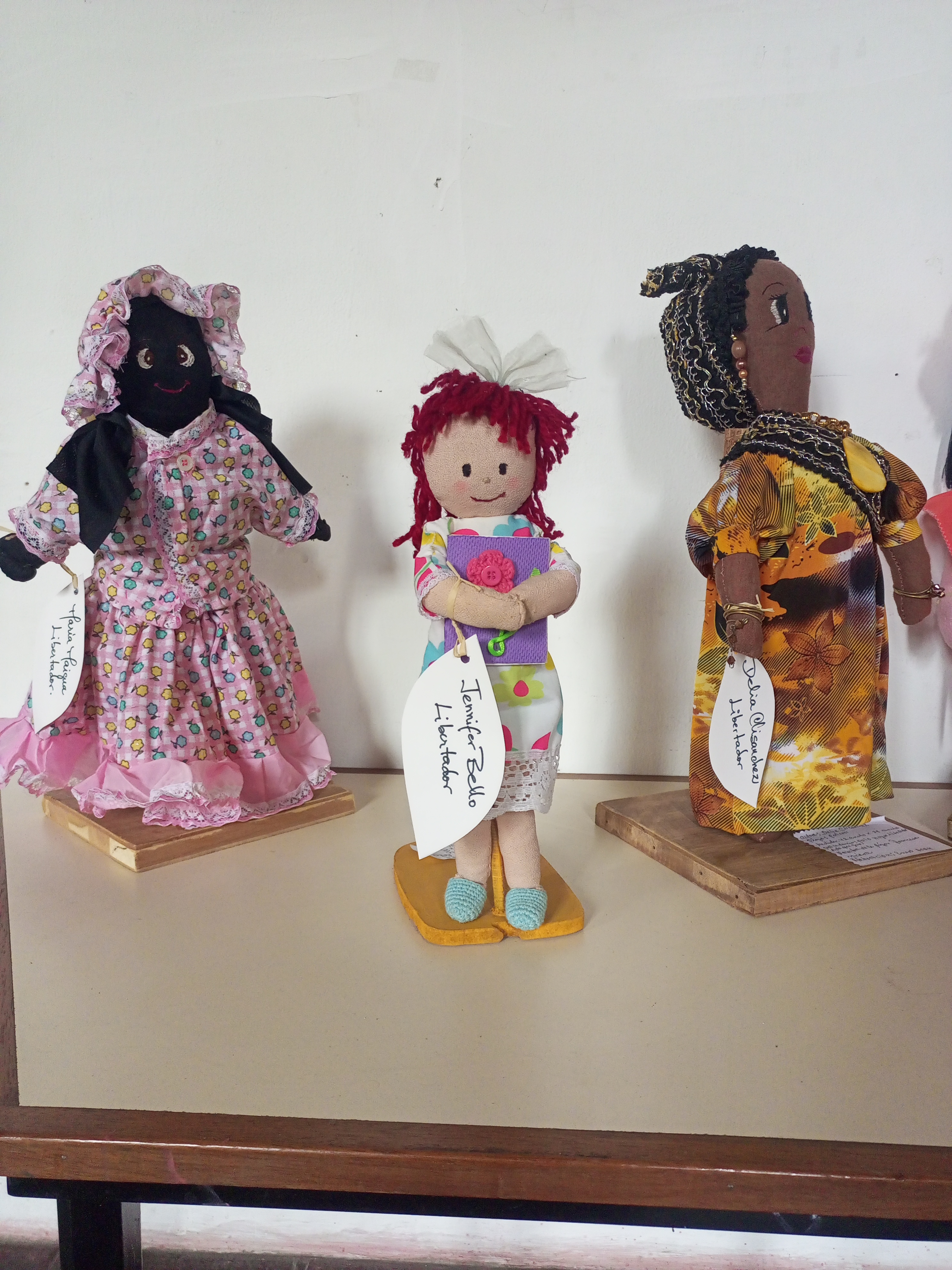 | 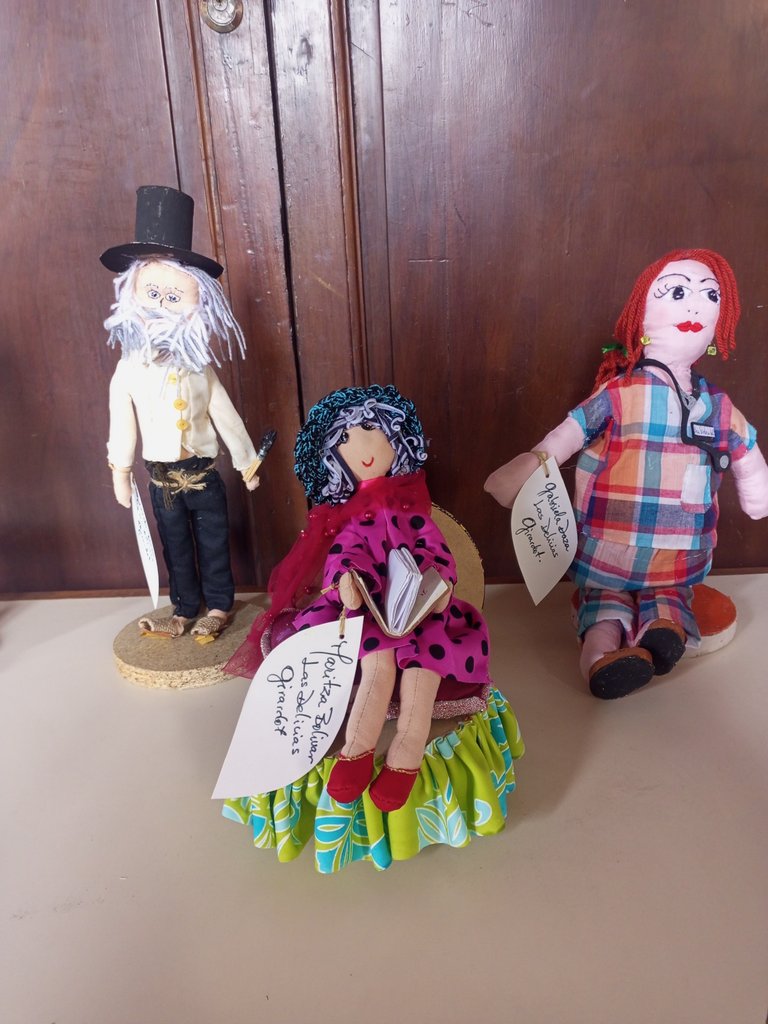 |
|---|
 | 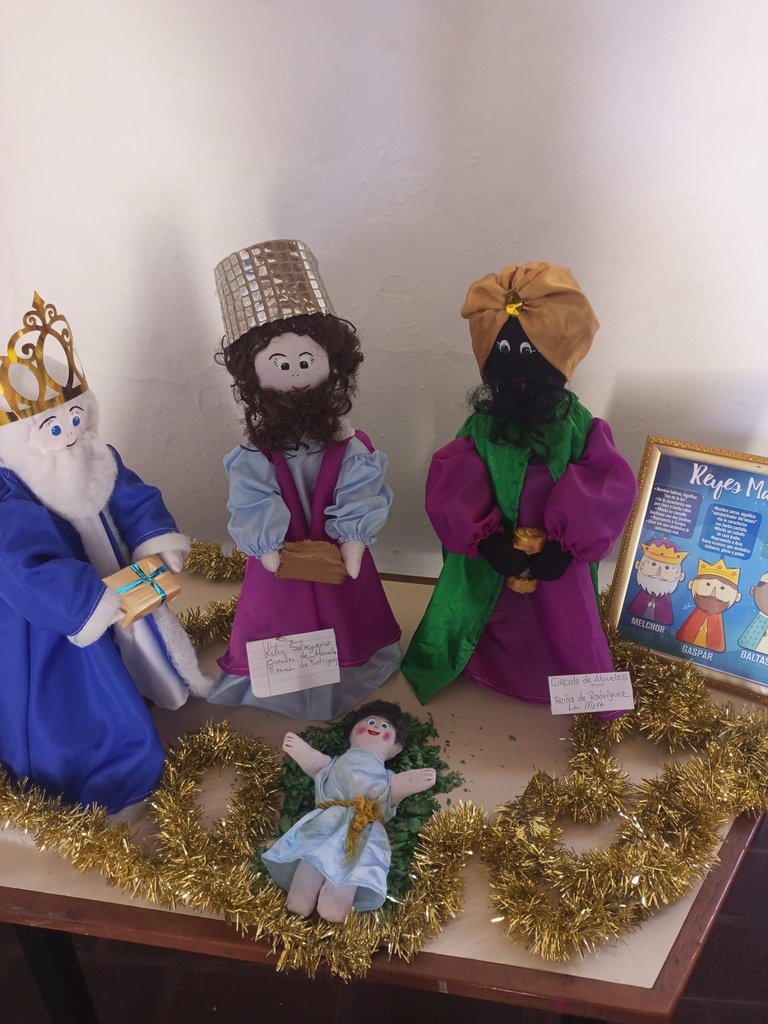 |
|---|
The exhibition was not only limited to rag dolls; there were also examples of dolls that were accompanied by objects made of clay, wood and fabric to give more context to their presentation, I loved the one with a small table with some arepas on it. In addition, there were also exhibited and available for purchase traditional Venezuelan handmade games that perfectly represent a childhood of yesteryear. Although most of them were contributions from Aragua, there were small sections dedicated to specific regions of Venezuela, showing how traditions vary according to the cultural context. You can observe dolls from Falcón, Portuguesa, and other states, each piece was a reflection of the environment and history of its place of origin.
The tour of the exhibit became a cultural journey that encompassed much more than just looking at dolls. There were informative panels explaining the meaning behind each design and material used. I learned about the symbolism of colors in clothing and how each doll could represent not only a toy, but also a cultural message. Also the quiet guide for the assignment was a voice of reason and pride about the work of her peers.
AQUÍ EN ESPAÑOLLa exposición no solo se limitaba a las muñecas de trapo; también había ejemplos de muñecas que venían acompañadas de objetos hechos con barro, madera y tela para dar más contexto a su presentación, amé la tenían una pequeña mesa con unas arepas sobre ella. Adicional también estaban exhibidos y con opción a compra juegos tradicionales venezolanos elaborados a manos que representan a la perfección una infancia de antaño. Aunque la mayoría eran aportes de Aragua, se mostraron pequeñas secciones que estaban dedicadas a ciertas regiones específicas de Venezuela, mostrando cómo las tradiciones varían según el contexto cultural. Puede observar muñecas de Falcón, Portuguesa, y otros estados, cada pieza era un reflejo del entorno y la historia de su lugar de origen.
El recorrido por la exposición se convirtió en un viaje cultural que abarcó mucho más que la simple observación de muñecas. Había paneles informativos que explicaban el significado detrás de cada diseño y material utilizado. Aprendí sobre el simbolismo de los colores en las vestimentas y cómo cada muñeca podía representar no solo un juguete, sino también un mensaje cultural. También la guía tranquila del encargo fue una voz de razón y orgullo sobre el trabajo de sus compañeros.
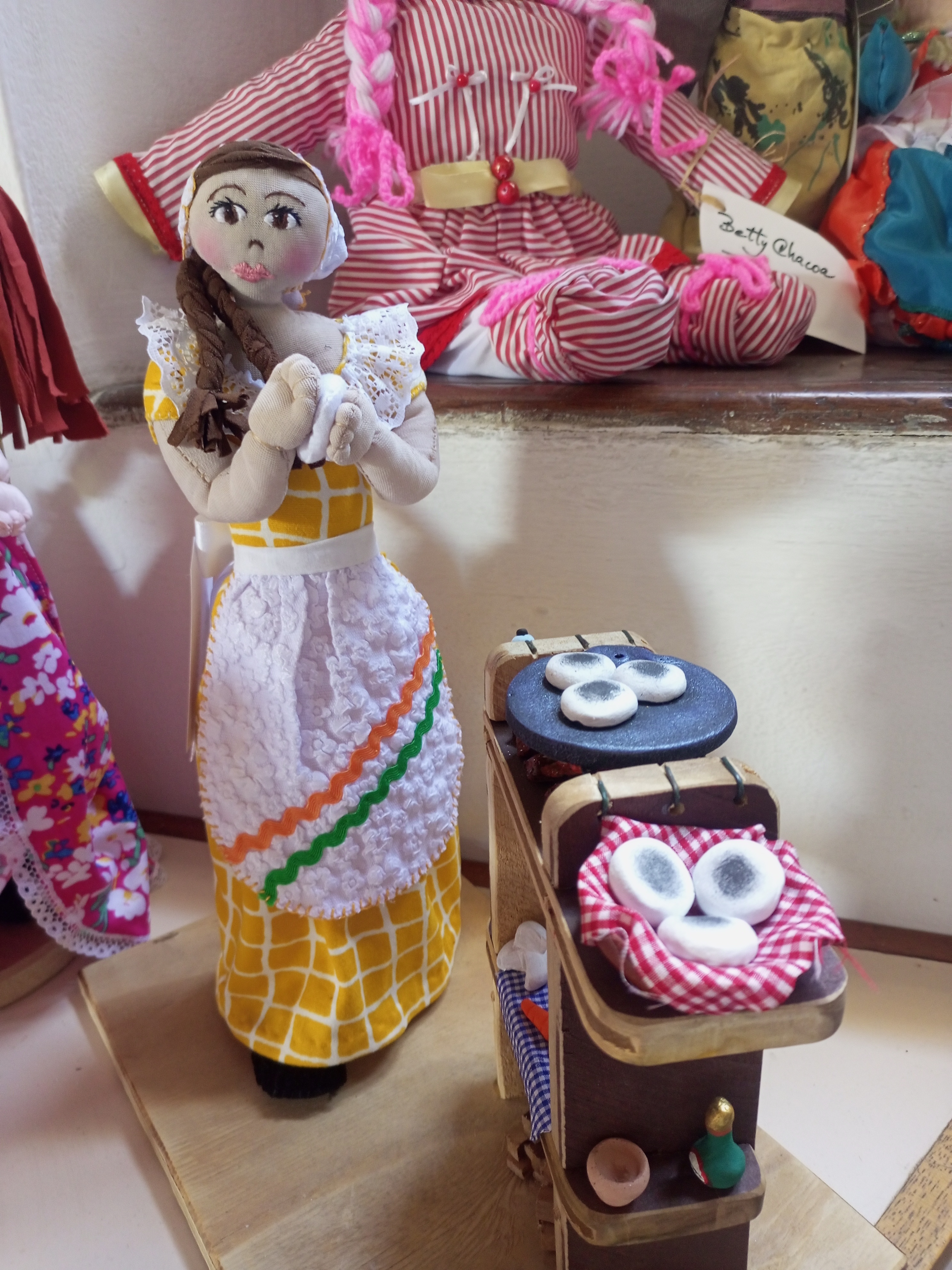
 | 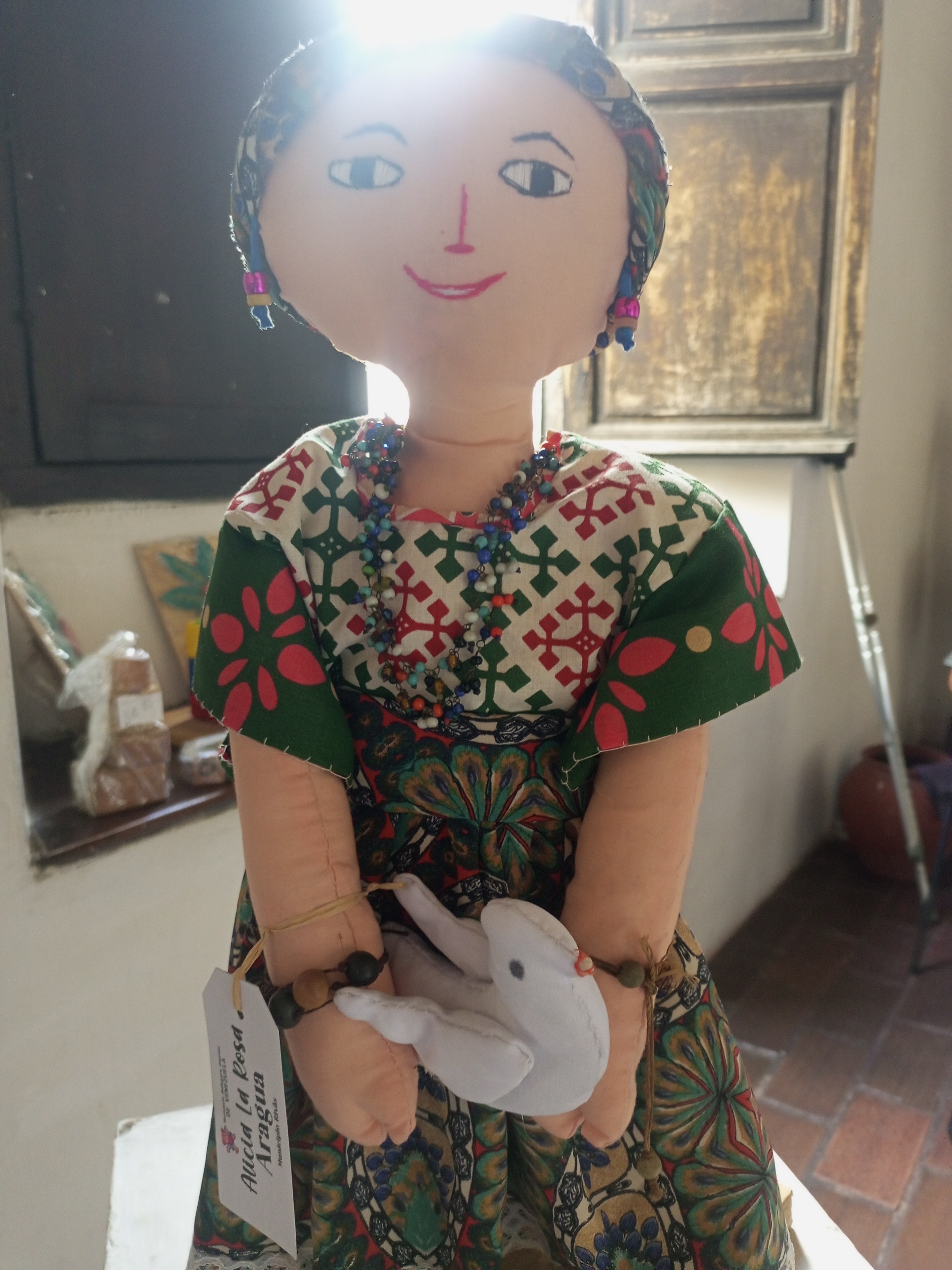 |
|---|
As I left the museum, I felt that I had gained much more than knowledge about Venezuelan crafts; I had experienced a true celebration of our cultural identity. The doll exhibit reminded me that art is not only about creating beauty, but also about telling stories and transmitting values. Hopefully other people will have the opportunity to live, appreciate and value this experience, in this opportunity there was no one else in the exhibition, and each of us should value with more appreciation our roots or future generations will not know where they come from, who they are.
The lack of interest in your roots results in a lack of identity.
Visiting these types of exhibitions is essential to nurture our general knowledge and appreciation of the traditions that define us as a nation. I understand that the movement is traveling through various regions of the country, I hope someone else can admire it.
AQUÍ EN ESPAÑOLAl salir del museo, sentí que había adquirido mucho más que conocimiento sobre las artesanías venezolanas; había experimentado una verdadera celebración de nuestra identidad cultural. La exposición de muñecas me recordó que el arte no solo se trata de crear belleza, sino también de contar historias y transmitir valores. Ojalá otras personas tengan la oportunidad de vivir, apreciar y valorar esta experiencia, en esta oportunidad no había más nadie en la exposición, y cada uno de nosotros debería valorar con más aprecio nuestras raíces o las futuras generaciones no sabrán de dónde vienen, quienes son.
La falta de interés en tus raíces, trae cómo resultado una falta de identidad.
Visitar este tipo de exposiciones es fundamental para alimentar nuestro conocimiento general y apreciar las tradiciones que nos definen como nación. Tengo entendido que el movimiento está viajando por varias regiones del país, espero alguien más pueda admirarla.
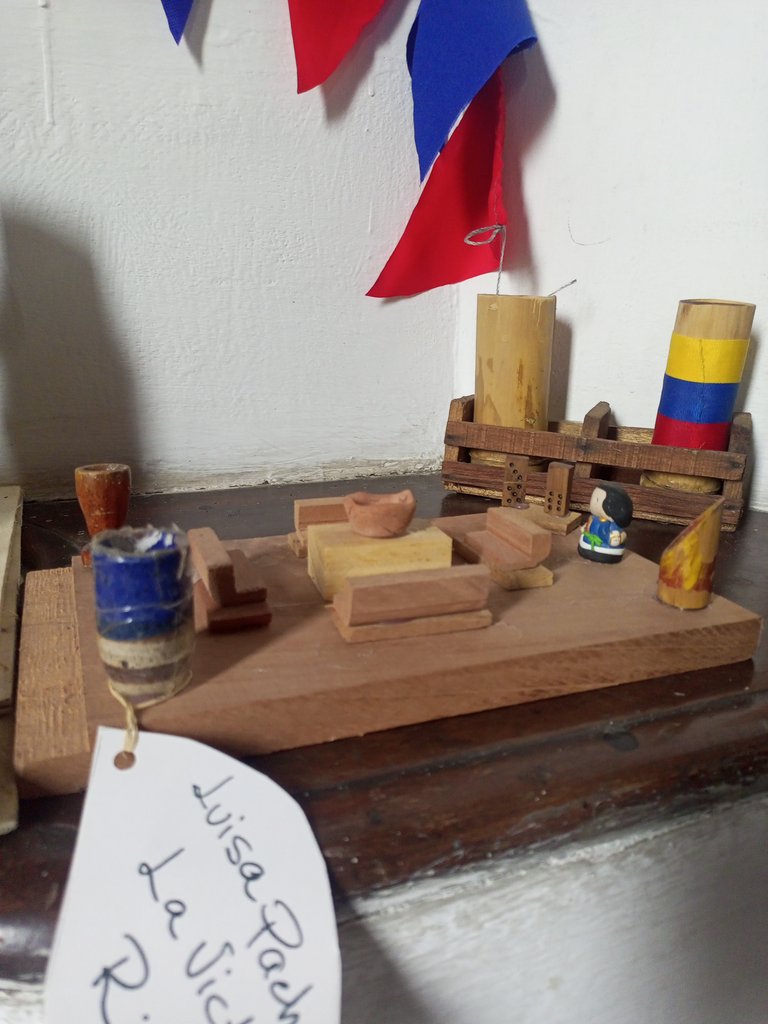 | 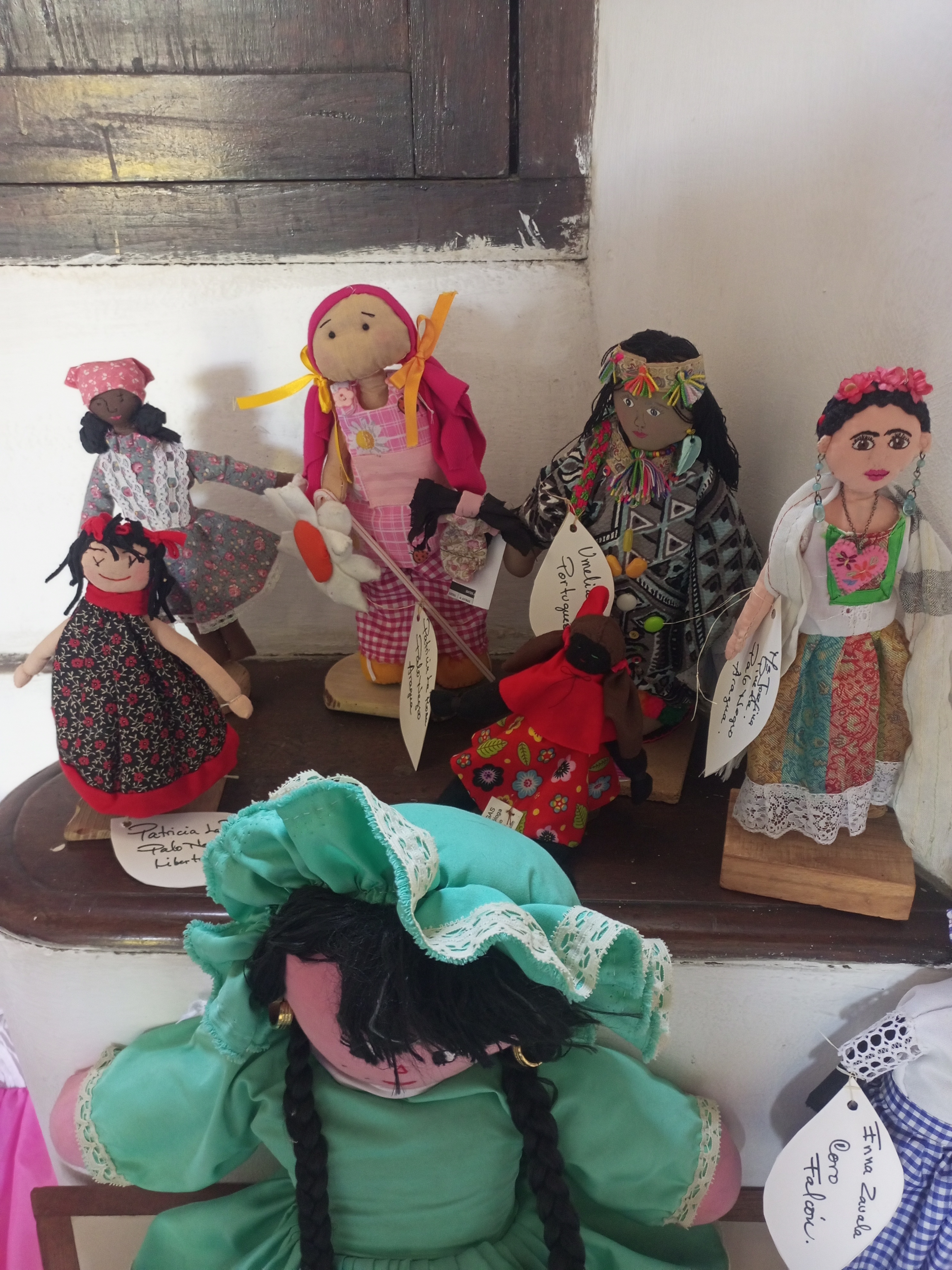 |
|---|
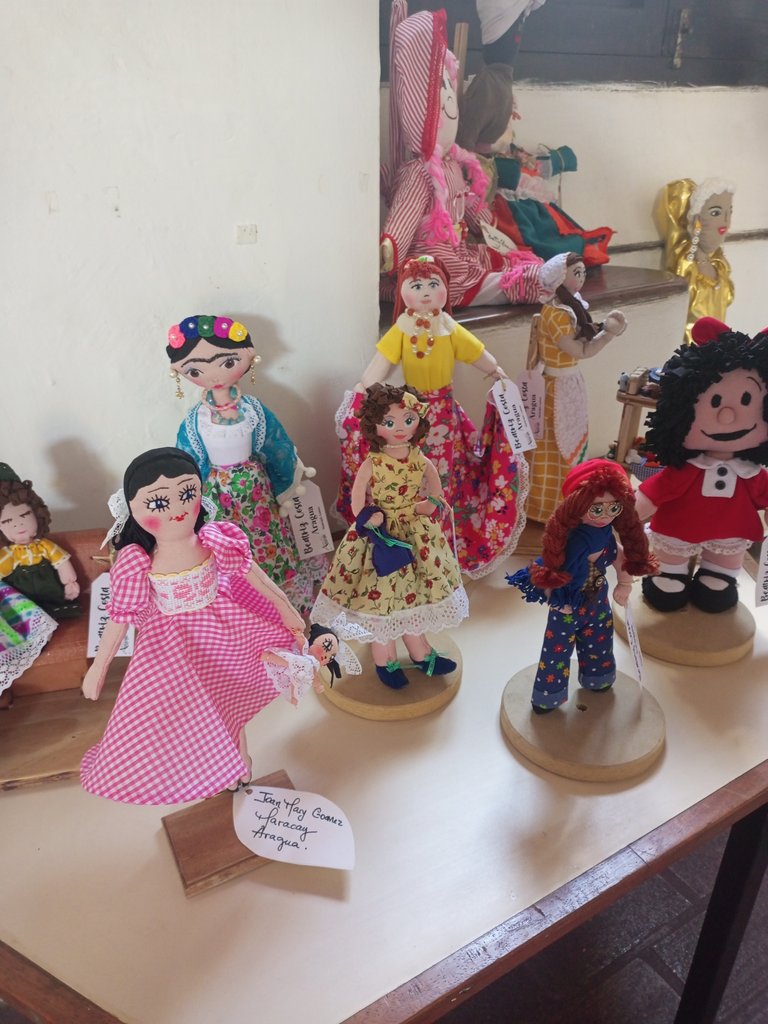
Translated with DeepL Free version.

